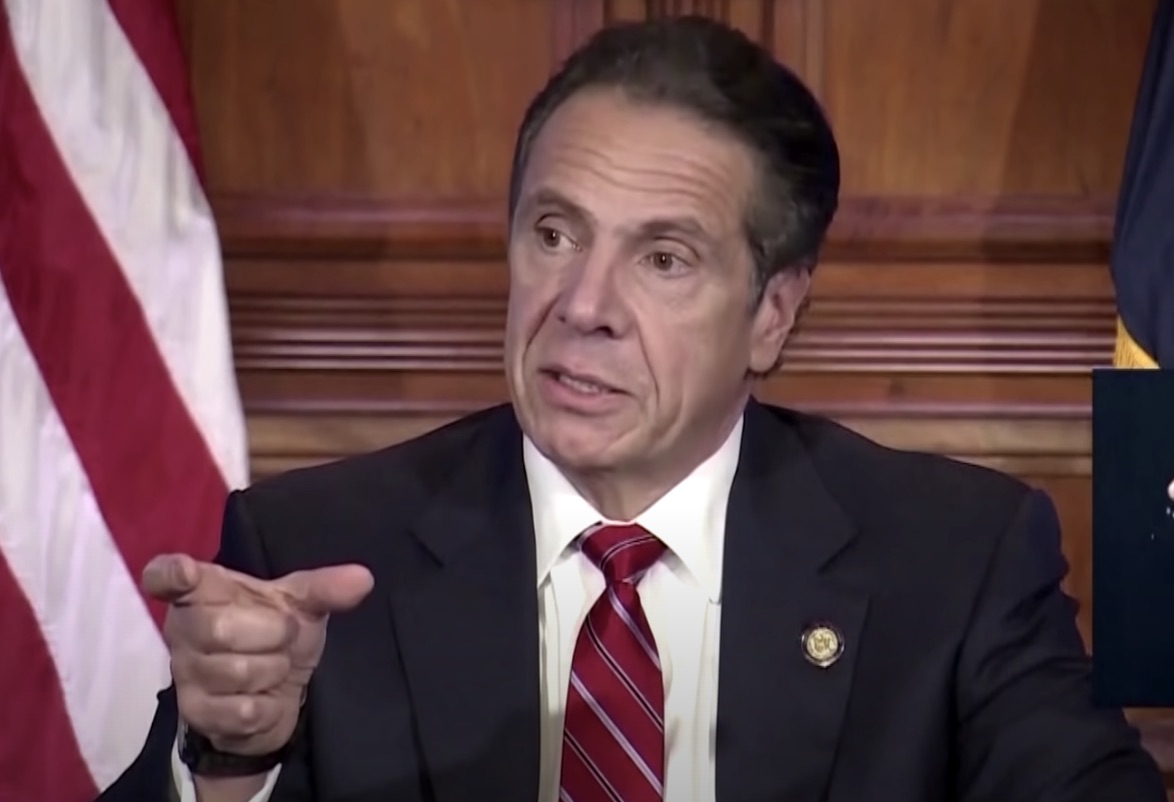CO2 and the law of diminishing marginal returns
Will this presidential election be the most important in American history?
 The law of diminishing marginal returns is one of the most famous laws in economics. Most people know it. It states that a continuous increase of one factor of production will eventually lead to a decrease in the marginal output of production assuming all other factors of production stay the same.
The law of diminishing marginal returns is one of the most famous laws in economics. Most people know it. It states that a continuous increase of one factor of production will eventually lead to a decrease in the marginal output of production assuming all other factors of production stay the same.
An often cited example for the law of diminishing marginal returns is the use of chemical fertilizers in agriculture. According to Wikipedia “the use of fertilizer improves crop production on farms and in gardens; but at some point, adding more and more fertilizer improves the yield less and less.”
Is the law of diminishing marginal returns applicable to the infrared absorption effect of CO2? Let’s find out.
First of all, what is the infrared absorption effect? It is usually mislabeled as greenhouse effect. Some sunlight that reaches the surface of the Earth is absorbed and increases the temperature of the Earth’s surface. But some of it is reflected back into space as infrared radiation. Atmospheric CO2 – as all other infrared absorption gases – absorbs this infrared radiation reflected from Earth and re-emits it in all directions. Some of the re-emitted radiation goes out to space and some of it warms the atmosphere.
Although atmospheric CO2 is not the primary driver of air temperature but rather trails temperature increases, it is still true that CO2 through its infrared absorption capacity does have a warming effect – even if it is small.
To put this warming effect of CO2 into the proper perspective it is essential to understand that the absorption of light follows an exponential curve when the amount of the absorbing substance increases. The absorbing substance in our case is carbon dioxide which absorbs light in the infrared bandwidth. This means that a little CO2 goes a long way in absorbing infrared radiation. The more CO2 is added after the initial amount of CO2 does not make a great difference in the absorption rate since most of the radiation has been absorbed already:
The first 20 ppmv of CO2 operating as a greenhouse gas in the atmosphere has the greatest effect on temperature. After about 200 ppmv, CO2 has done its job as a greenhouse gas and has adsorbed almost all the infra-red energy it can absorb. Once the atmosphere is at the present CO2 content … a doubling or quadrupling of the atmospheric CO2 content will have very little effect on atmospheric temperature. (Ian Plimer)
Here is how Thomas Nelson describes it in “Cold Facts on Global Warming”:
It is generally accepted that the concentration of carbon dioxide in the atmosphere is already high enough to absorb virtually all the infrared radiation in the main carbon dioxide absorption bands over a distance of less than one km. Thus, even if the atmosphere were heavily laden with carbon dioxide, it would still only cause an incremental increase in the amount of infrared absorption over current levels.
Let’s apply this to the law of diminishing marginal returns which predicts that an increase of one factor of production will eventually lead to a decrease in the marginal output of production. What is the factor of production in our case? CO2. What is being produced? Heat. Increasing amounts of atmospheric CO2 should therefore lead to decreasing marginal increases of temperature in the atmosphere.
In other words, doubling the amount of carbon dioxide in the atmosphere would not lead to a doubling of the warming effect that CO2 has:
Each time carbon dioxide (or some other greenhouse gas) is doubled, the increase in temperature is the same as the previous increase. The reason for this is that, eventually, all the long wave radiation that can be absorbed has already been absorbed. It would be analogous to closing more and more shades over the windows of your house on a sunny day — it soon reaches the point where doubling the number of shades can’t make it any darker.
Another way of looking at it is by thinking of adding blankets to your bed on a cold night: if you have no blankets, adding one will have a big effect. If you have a thousand blankets, adding another thousand will have an immeasurably small effect. (Thomas J. Nelson)
This is why in Earth’s past there have been times with levels of carbon dioxide as high as 6000 ppmv (compared to today’s 391 ppmv) without causing a runaway greenhouse effect or reaching a tipping point. In fact, the highest levels of atmospheric CO2 occurred during periods of glaciation.
And this is why there is no good reason to decrease the combustion of fossil fuels. Let’s burn them cleanly, but let’s burn them.








